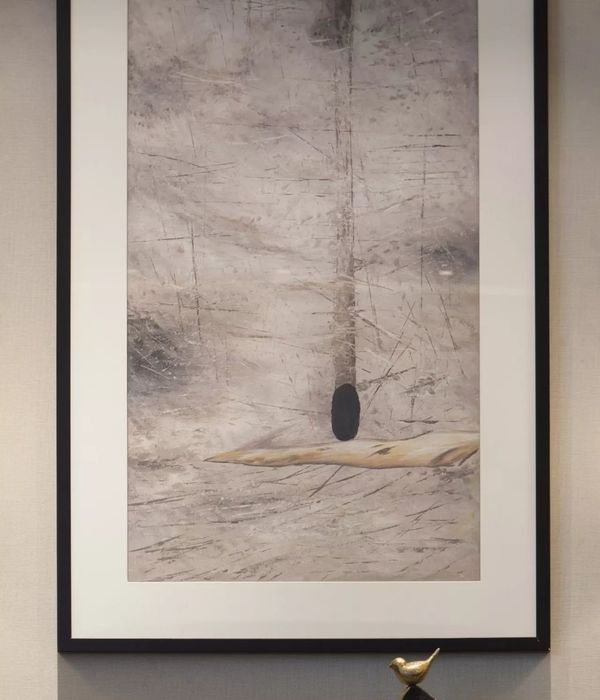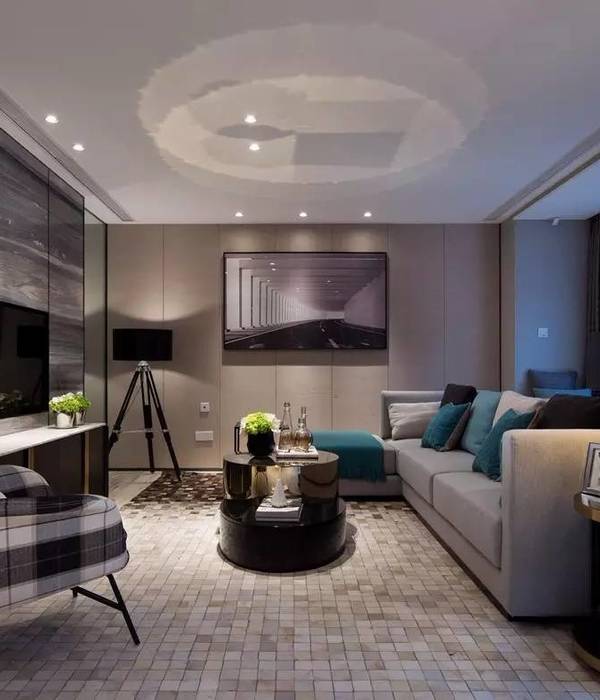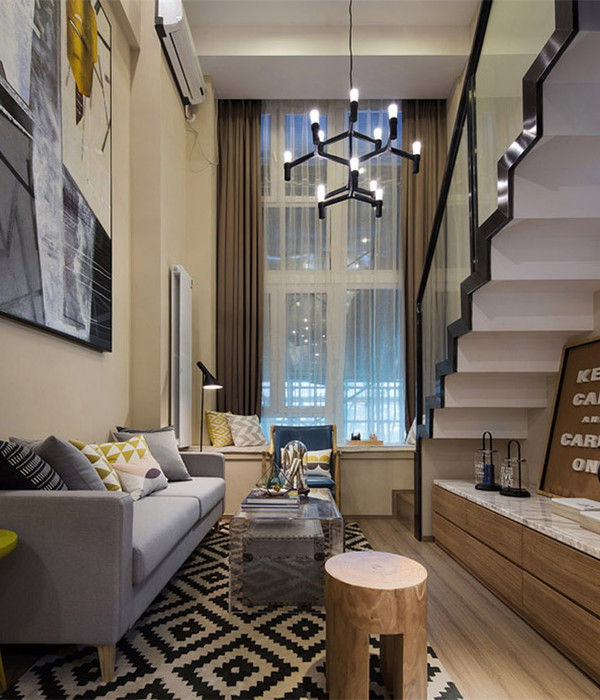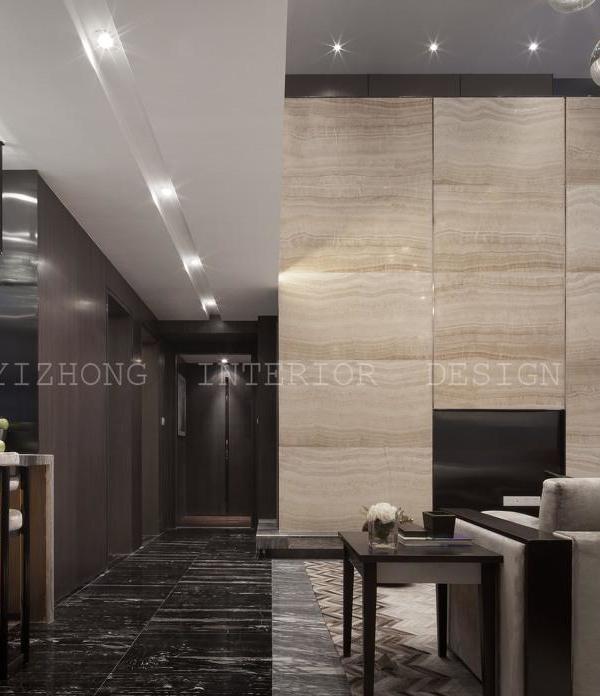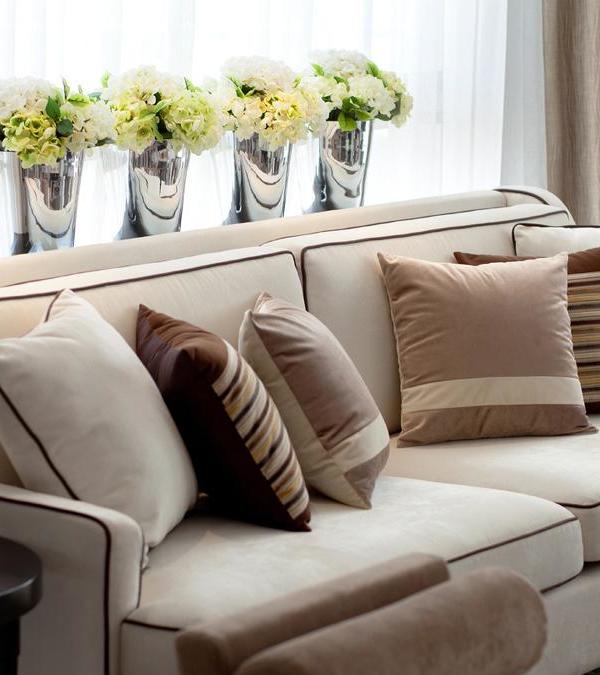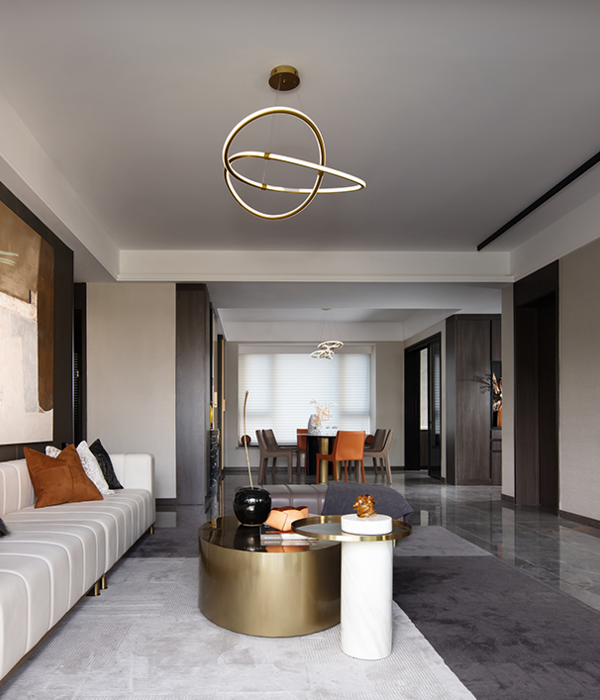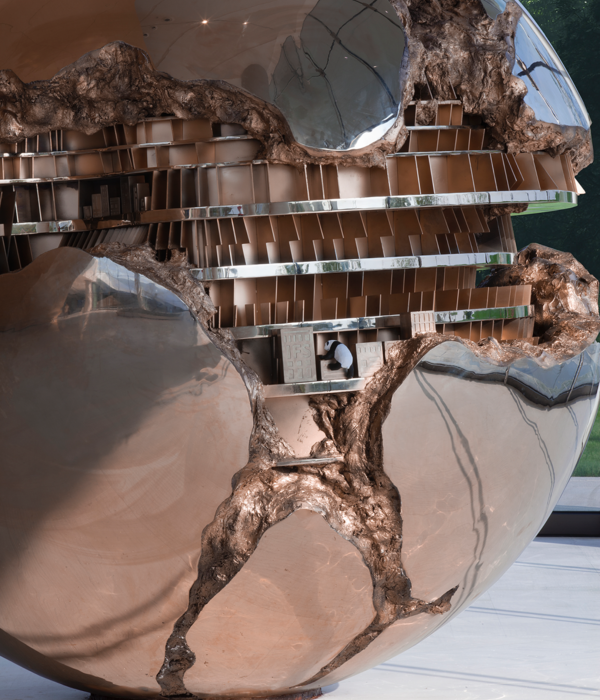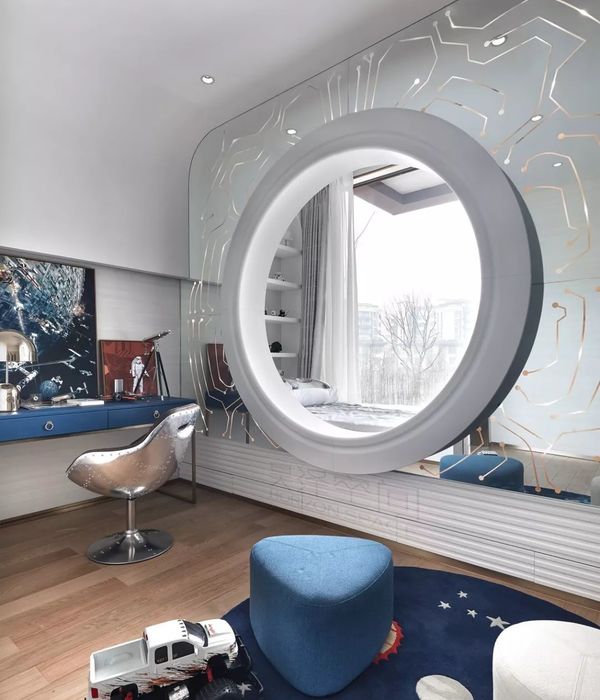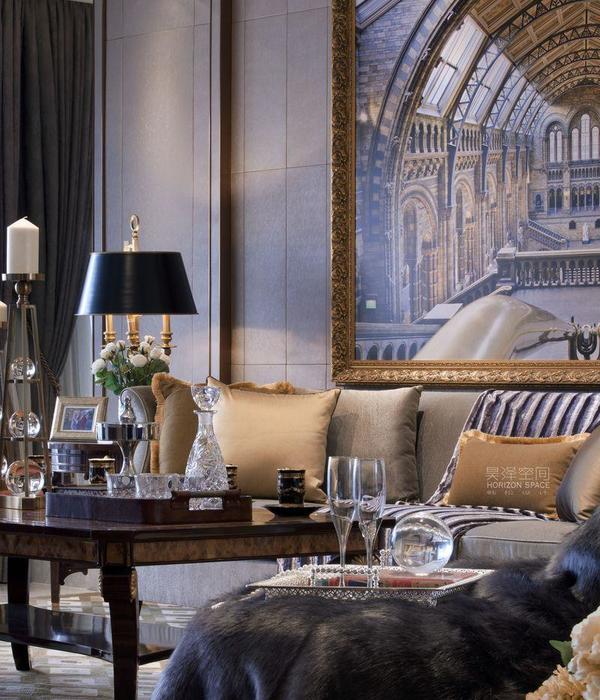Arkadia started as a series of considerations that questioned the nature of multi-residential development in Australia;
Community: Arkadia is a result of considered community engagement, and a holistic approach to creating a meaningful and accessible space for all in Alexandria.
Environment: Climate change is the single biggest issue facing humanity in the 21st century. Arkadia was to be fossil fuel-free, and the building allows for a carbon-free future.
Architecture: We felt strongly about creating a sense of place. The integration of green space and architecture via communal areas within the building is focussed on shared experiences. Spaces to nurture and nourish with shared vegetable gardens, safe play areas for families, rooftop dining with city-wide views, meeting neighbours on Huntley Green.
With the needs of the community as a key consideration, Huntley Green becomes a neighbourhood park to be enjoyed by all. Key pedestrian links are encouraged from The Huntley Green through to the broader parkland of Sydney Park via exuberant timber-lined arches, which align with the existing thoroughfares of Euston Lane and Lawrence Street.
Arkadia unashamedly references the heritage of its site. The brickwork throughout links the industrial past - as the former home to the NSW Brickworks Company -to the present, echoing the materiality of adjacent buildings. Featured in the park is an artwork by Jane Cavanough, an interpretation of the local brickwork chimneys in the area and which once stood on site.
A curvilinear building of 152 dwellings, it is divided into four identities, named after key brick makers in the area. Each lobby entrance’s brickwork has a conspicuous pattern of its own.
With a façade made up of nearly half a million recycled bricks, it is articulated with deep reveals and solar shading to the north and west. The window openings are punched into the facade allowing cross ventilation, summer shading and winter sun penetration. The patina of the recycled brick is integral to the design language – a sustainable reusing of material, indicating an earlier form. The texture of the recycled material accented by the new.
Arkadia has been designed to minimise its environmental footprint; by harnessing solar heat gain in winter with a thermally efficient envelope of recycled bricks; low maintenance and low embodied energy materials; and drought-tolerant planting.
Each building has its own lift core, communal vegetable garden and access to the rooftop. The rooftop covers some 50% of the footprint area and is holistically designed with brick as the primary material, other landscape materials complimenting, or contrasting.
It is a collaboration which aligns closely with what DKO, Breathe, and Oculus believe matters – creative design solutions with a socially and environmentally responsible approach, from project inception, to completion.
{{item.text_origin}}

